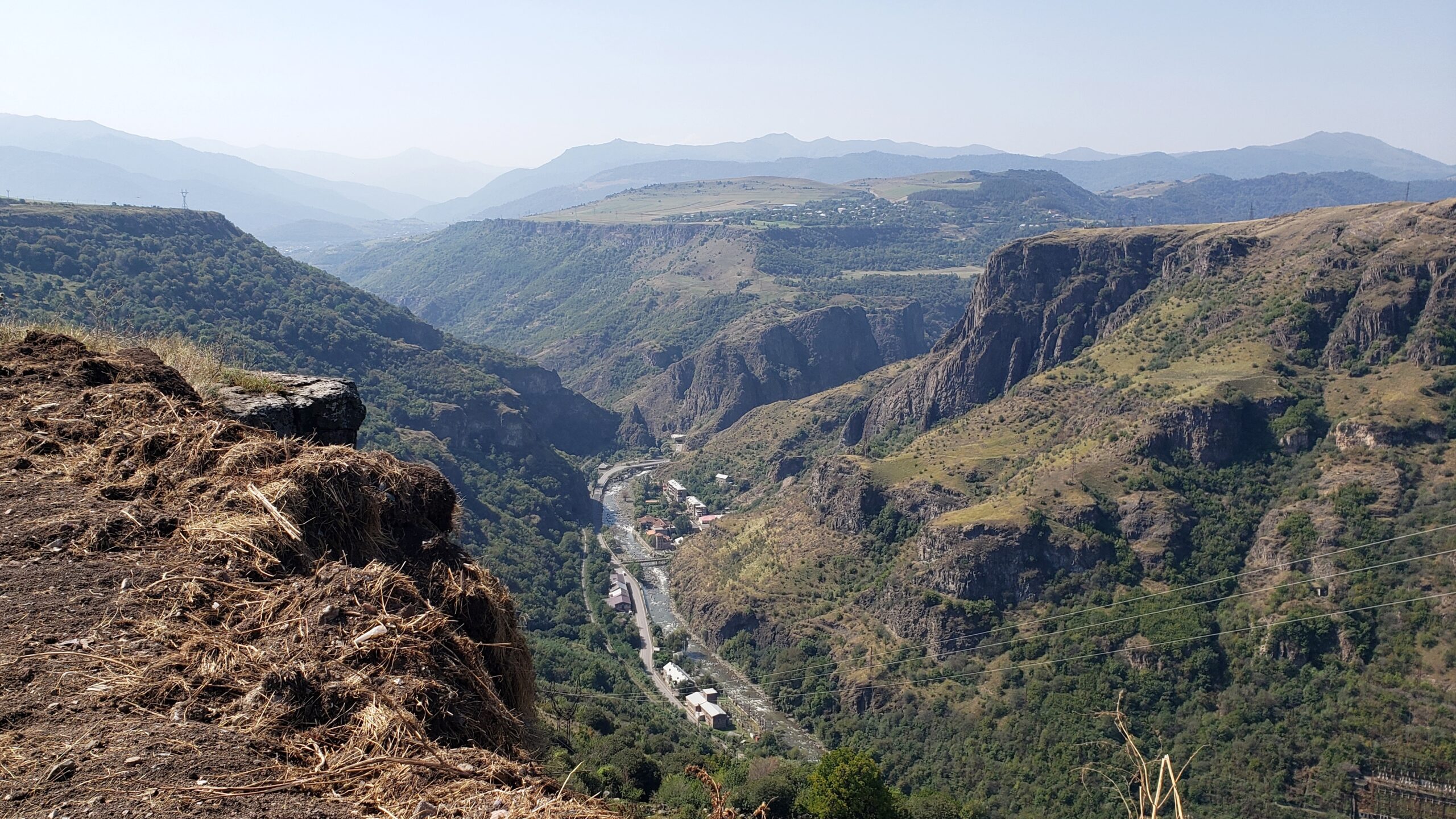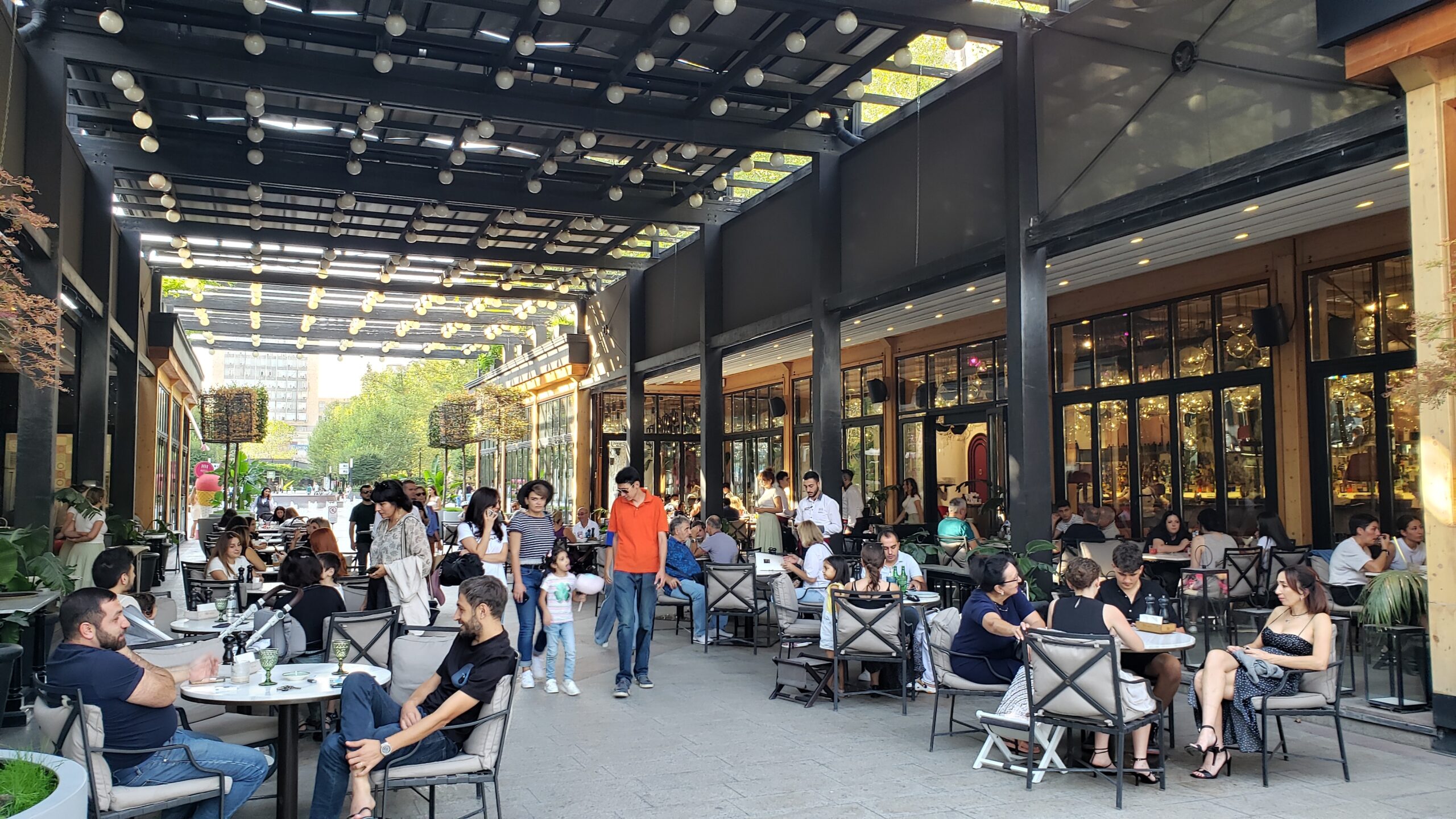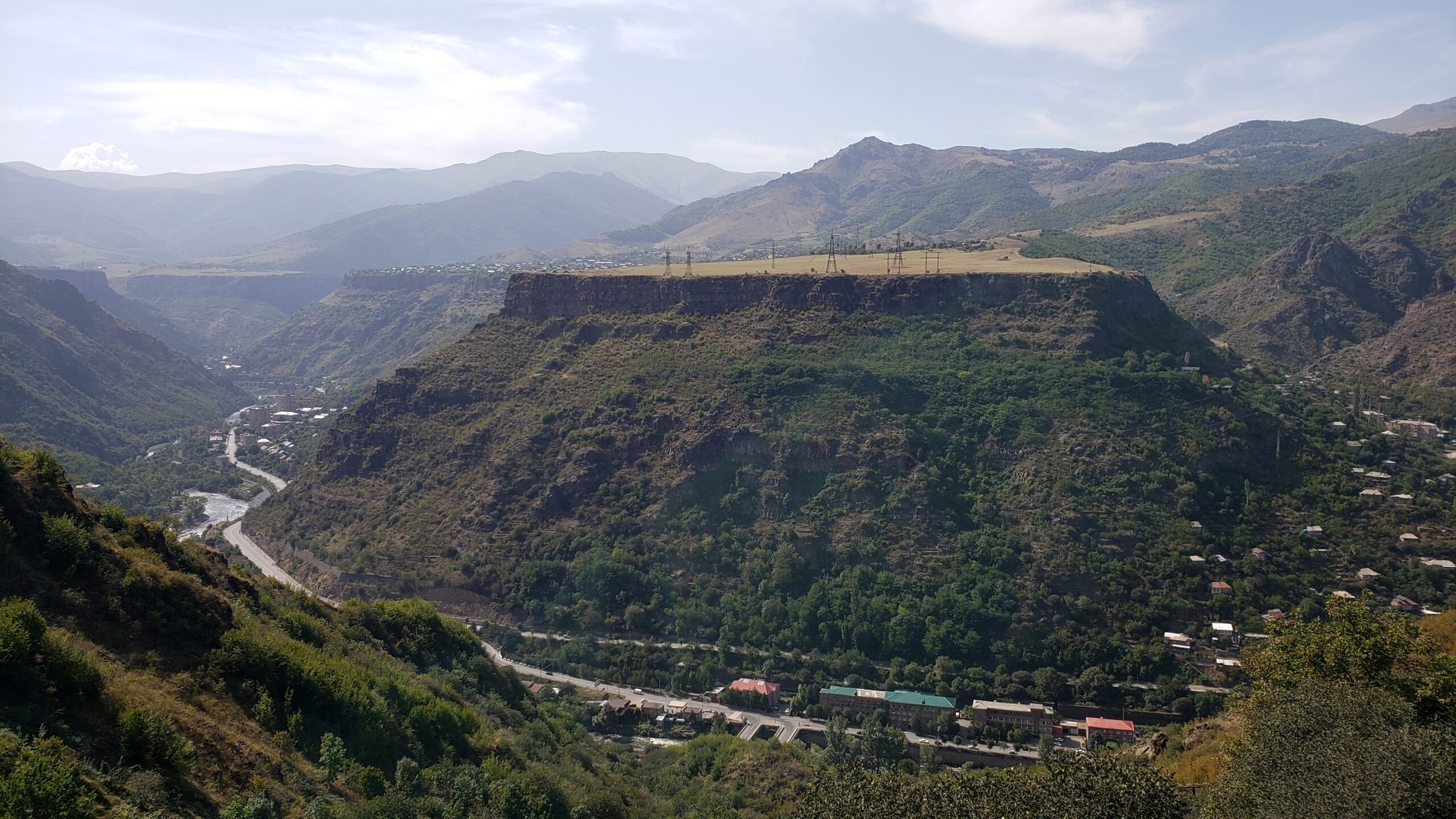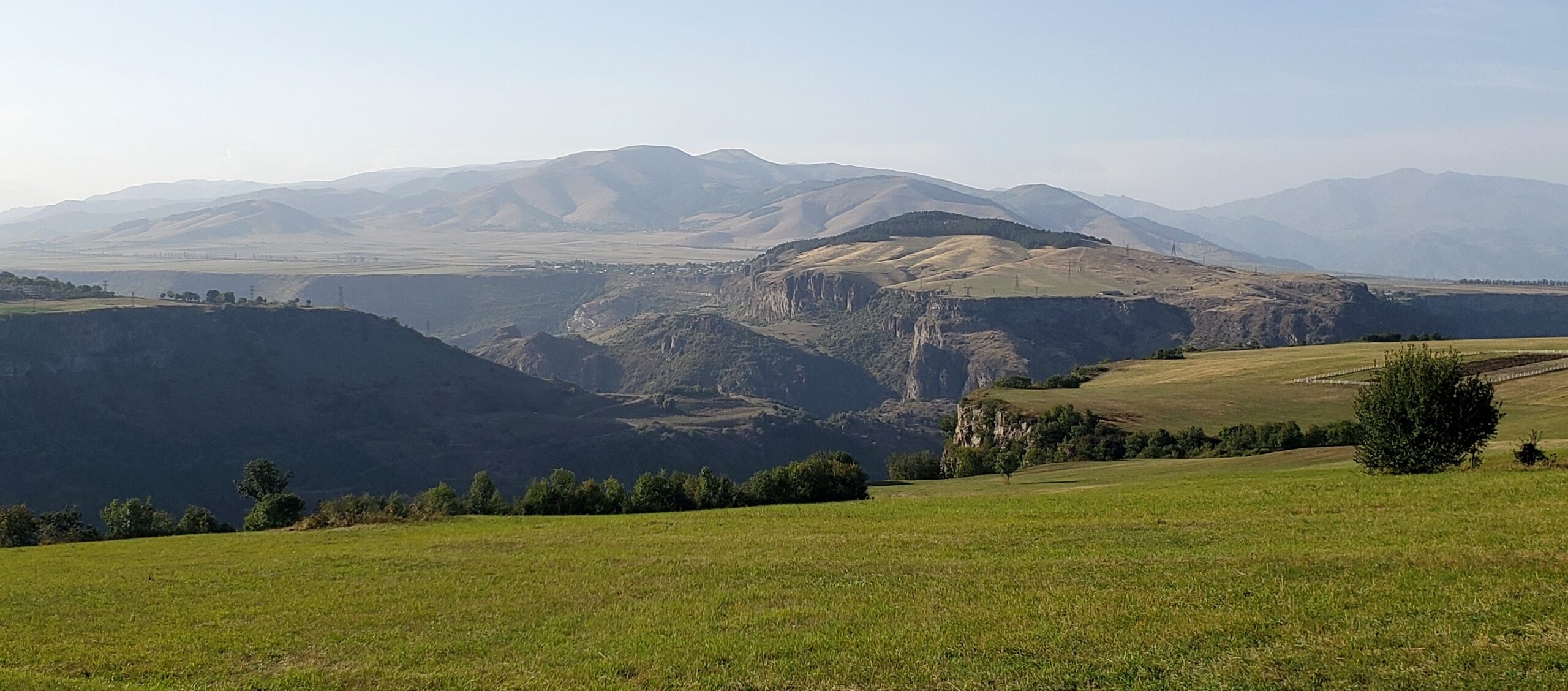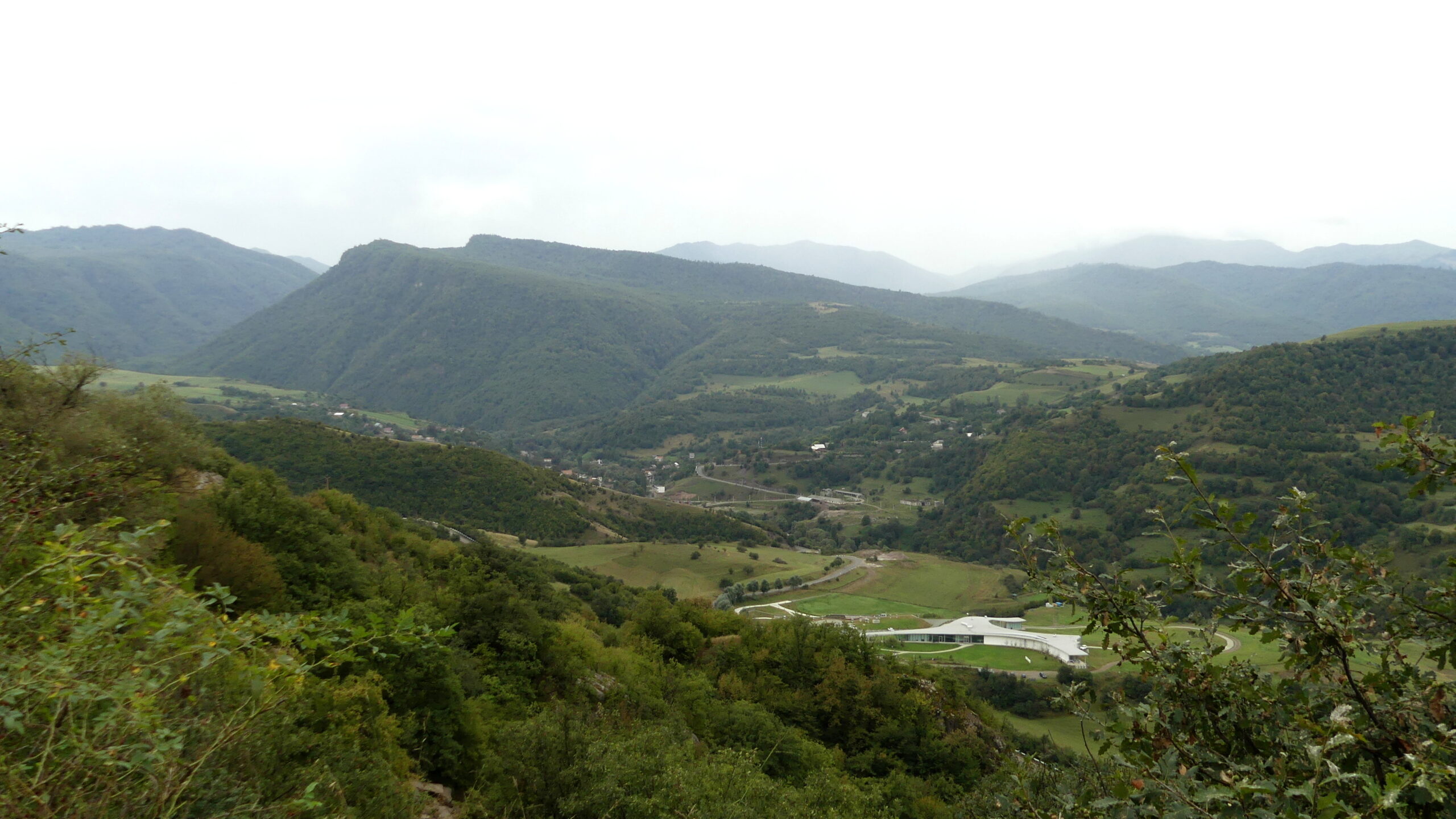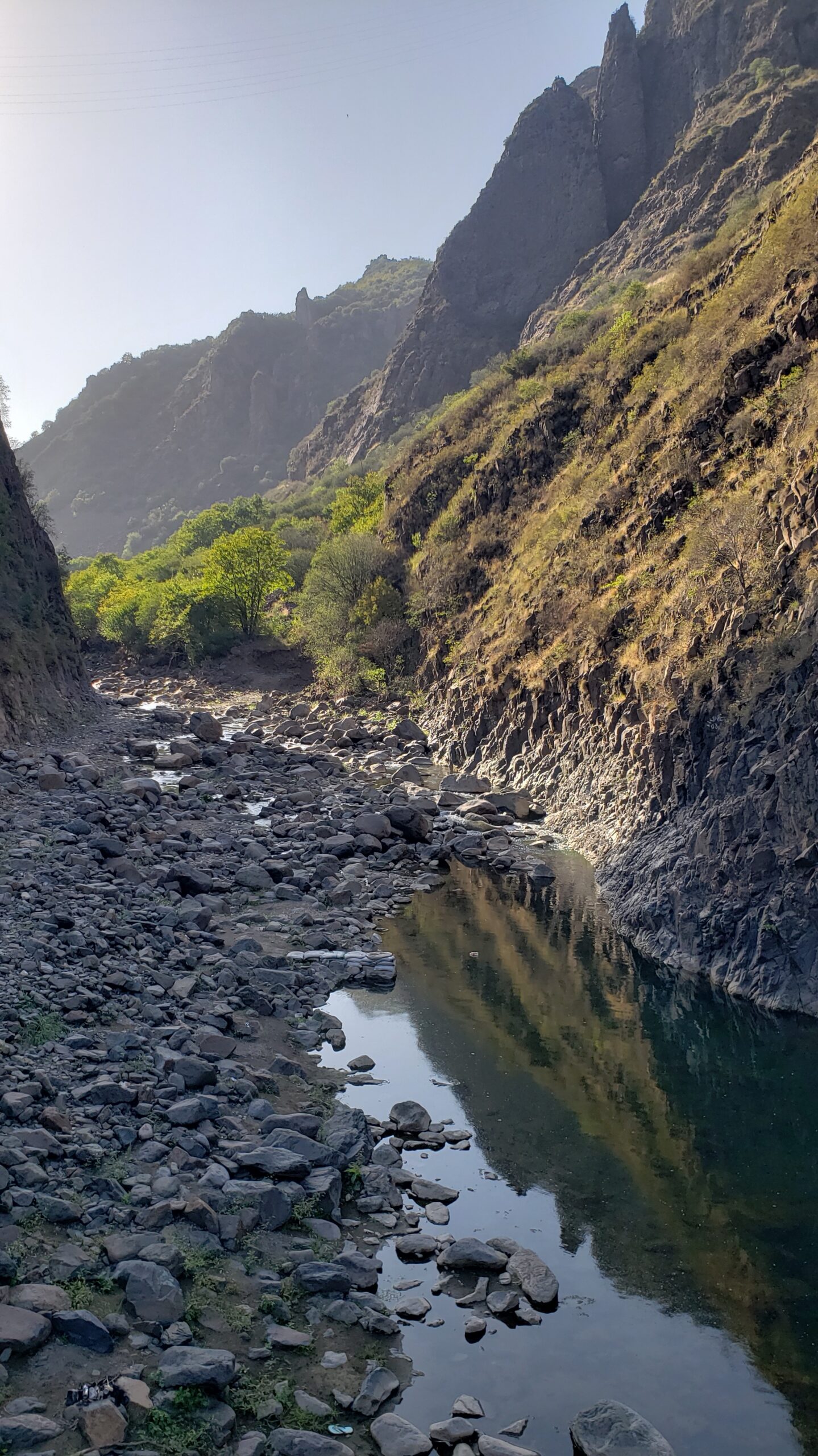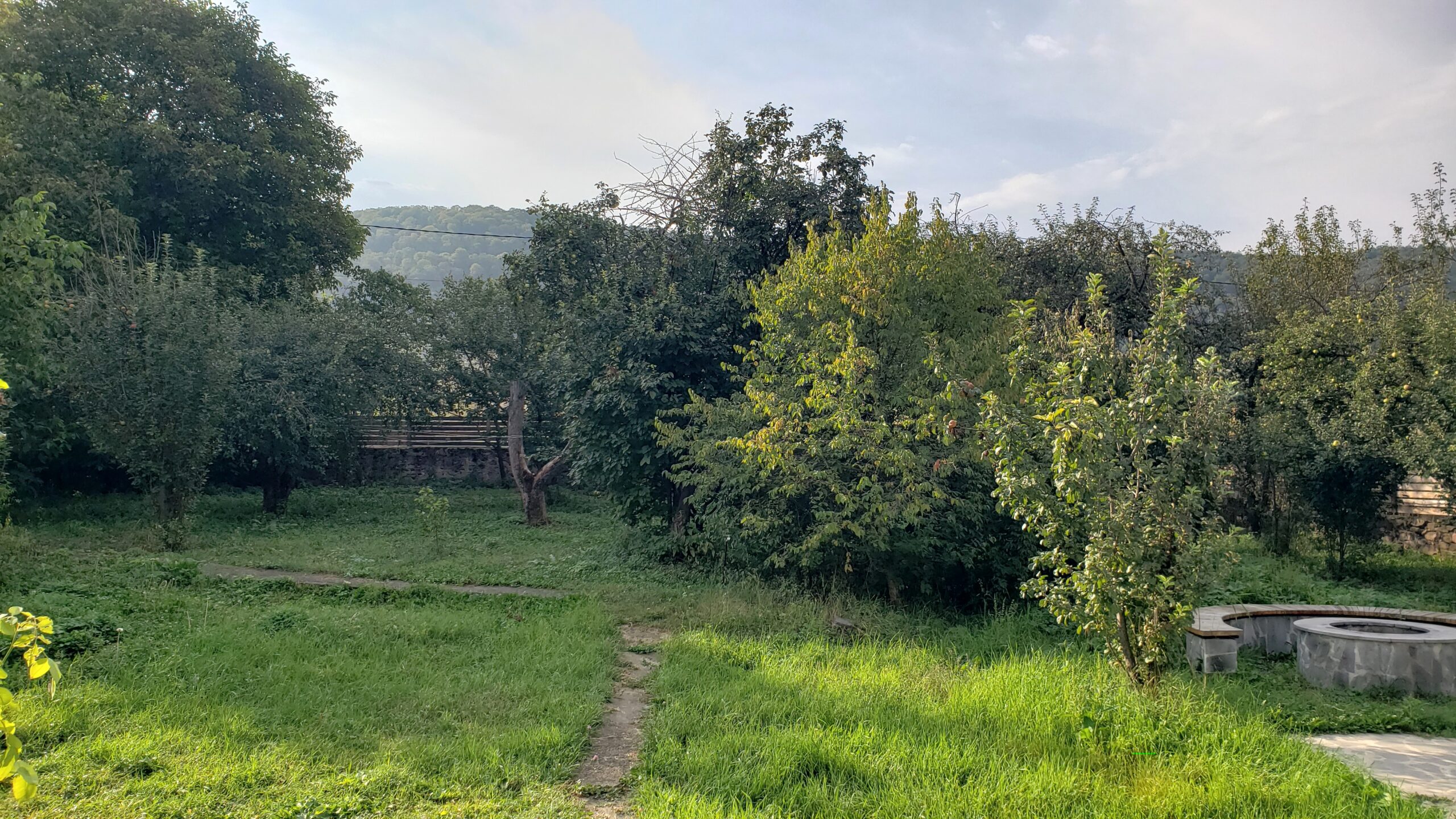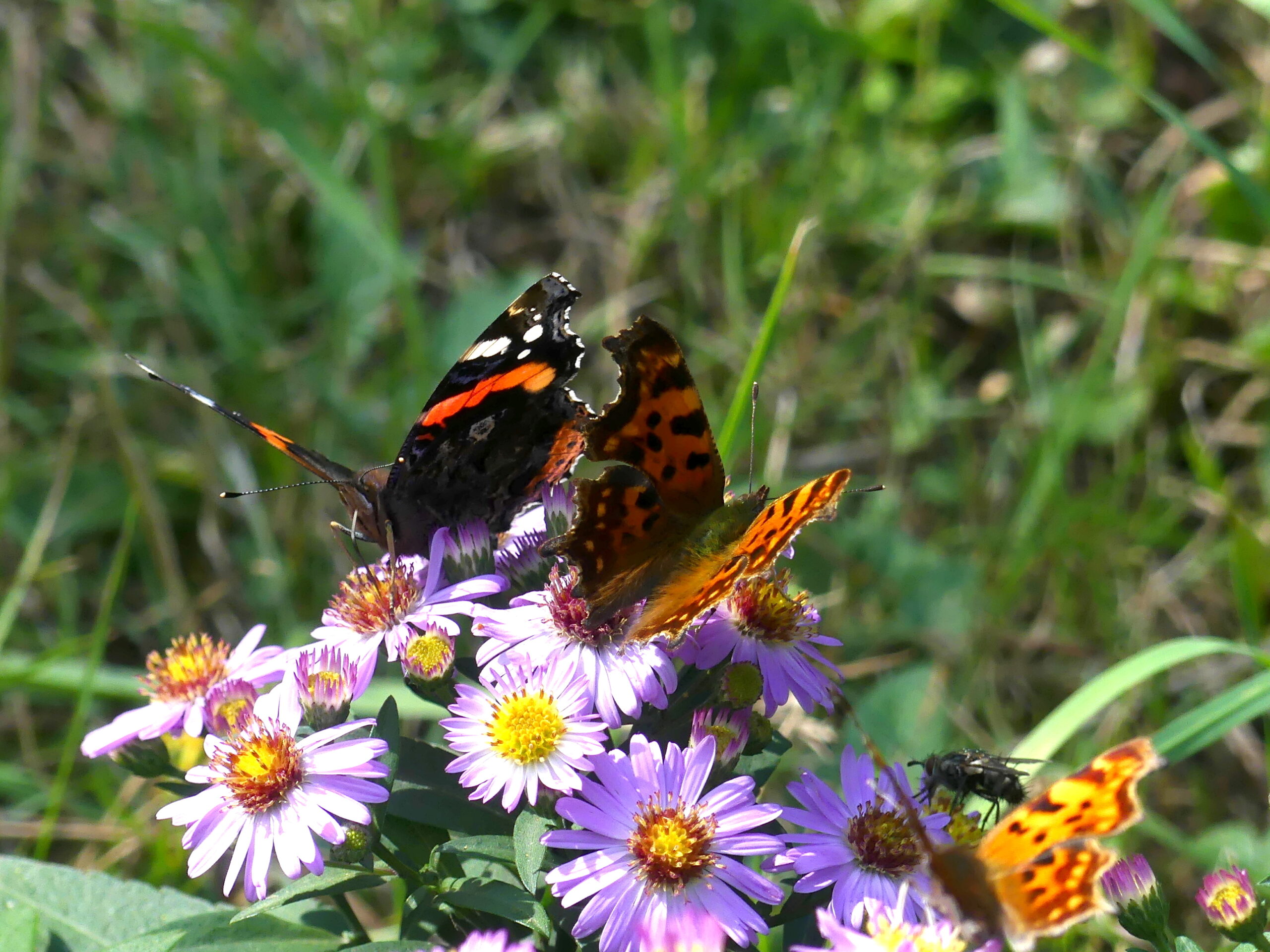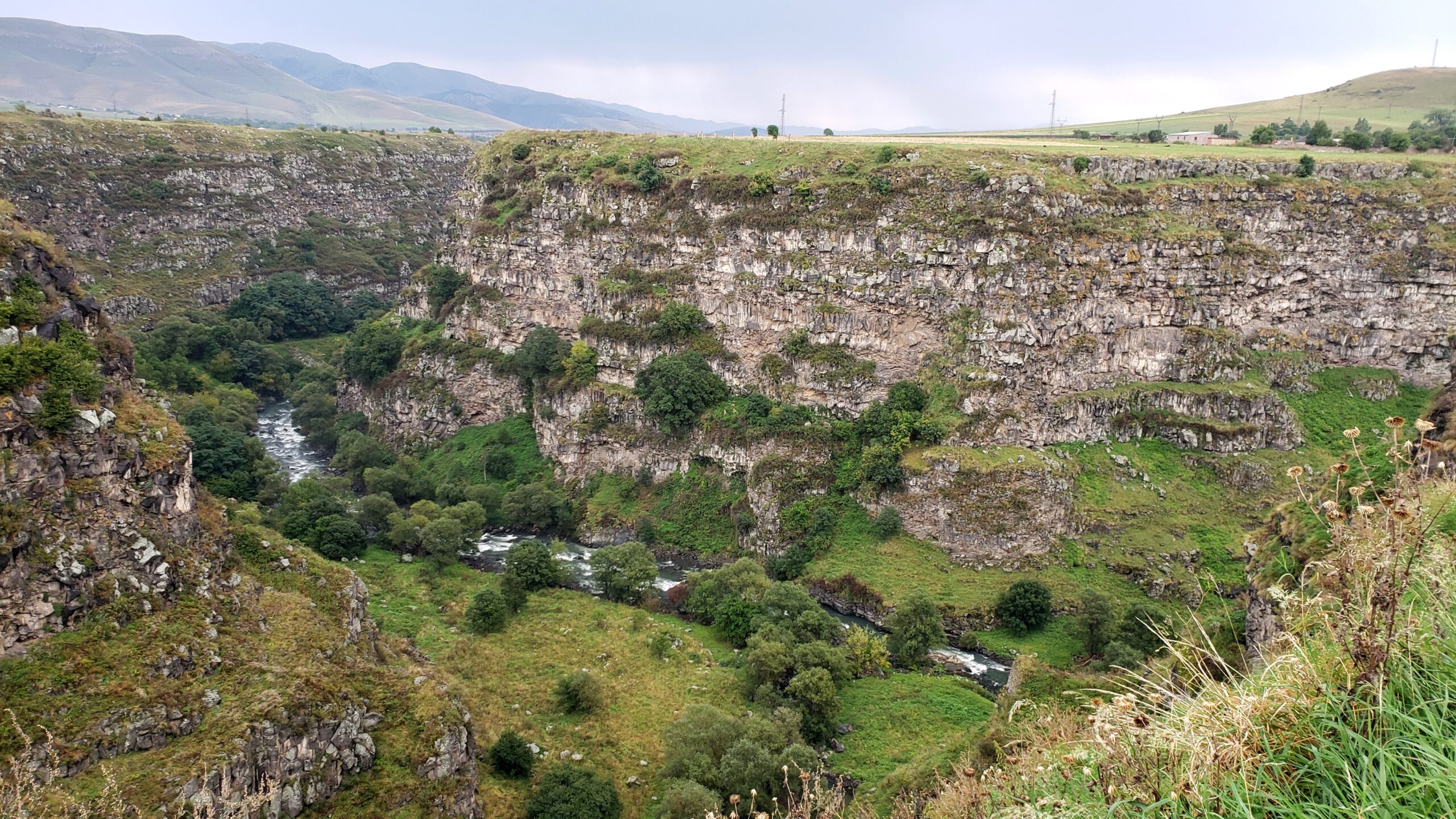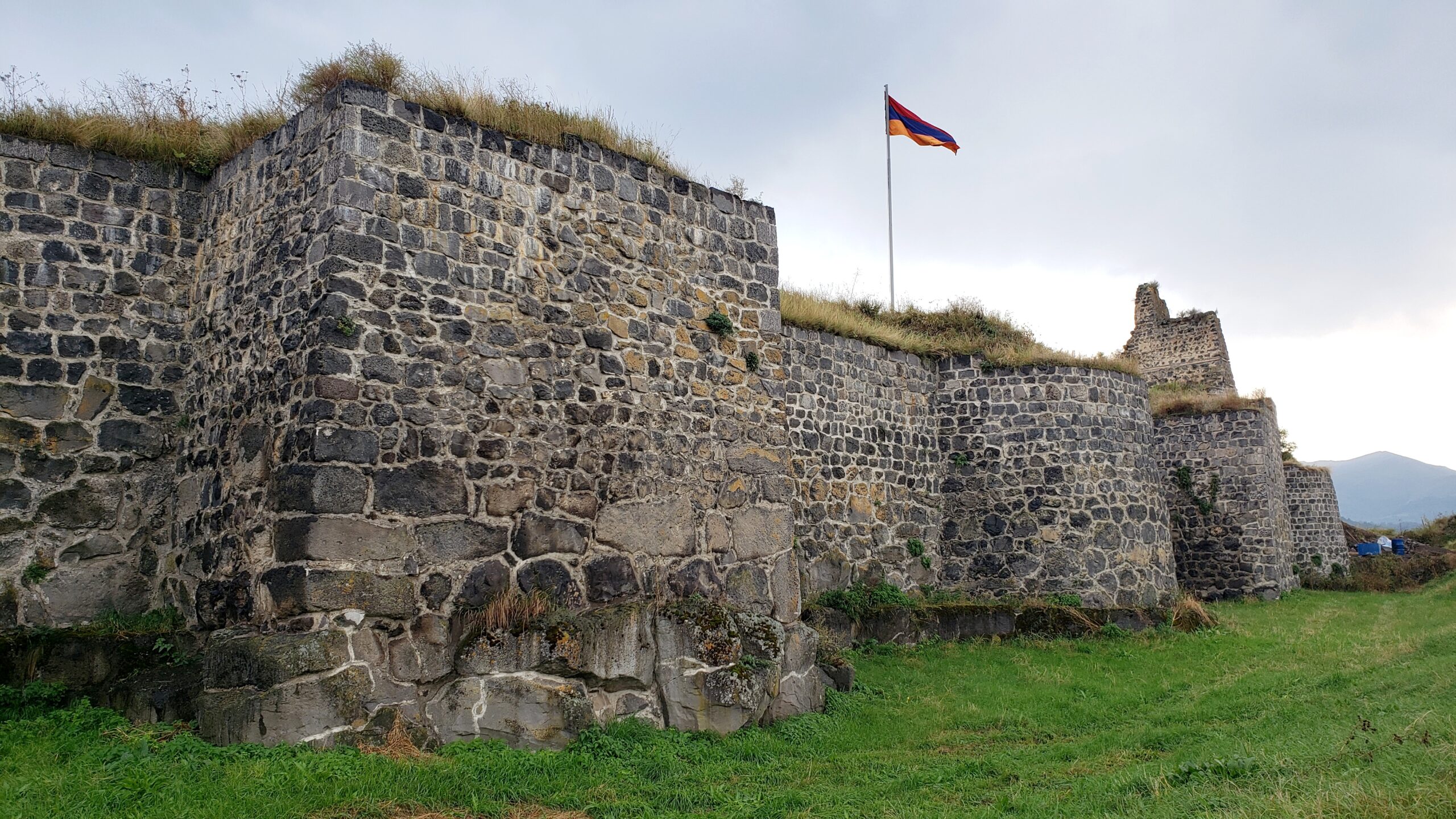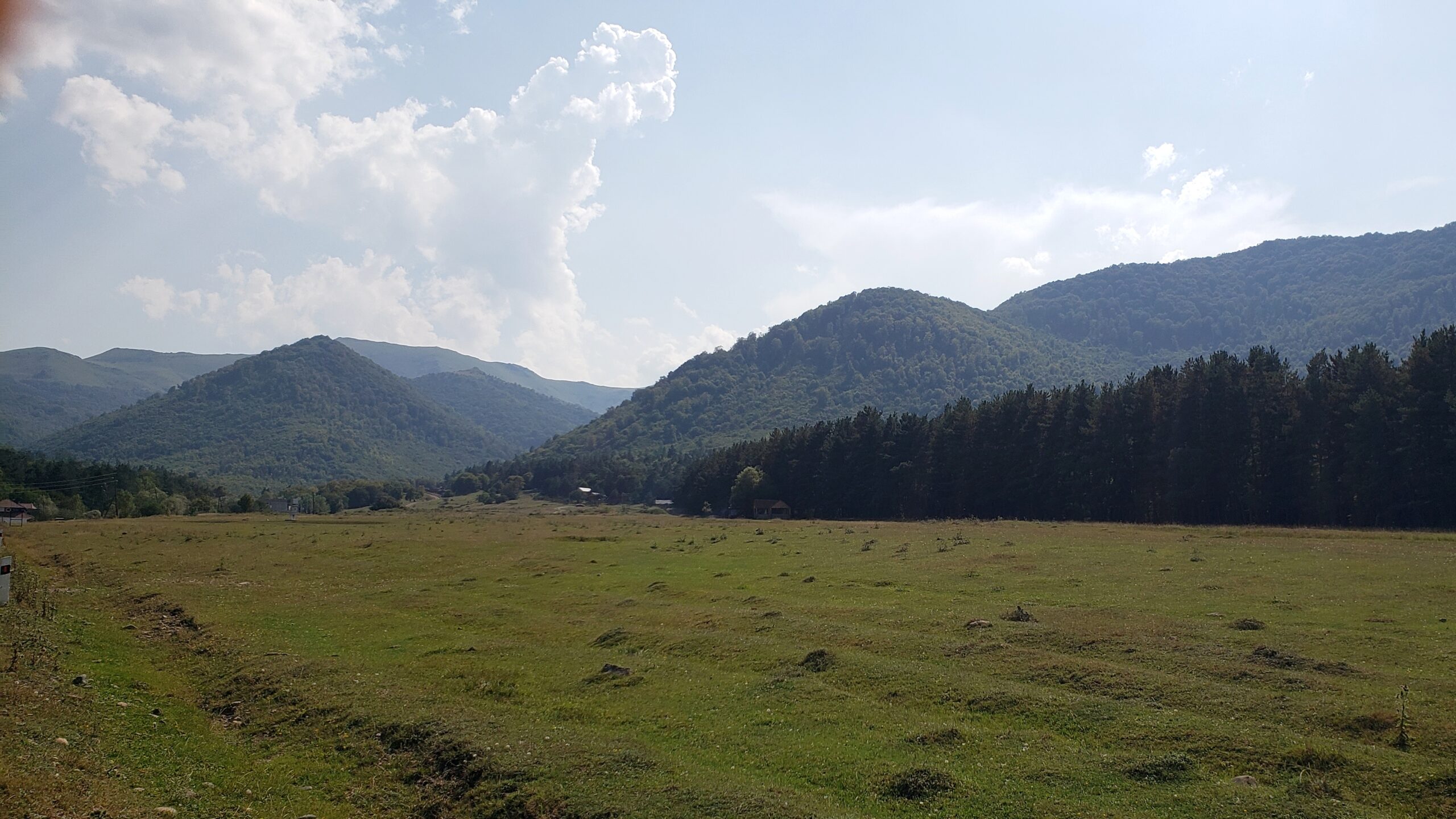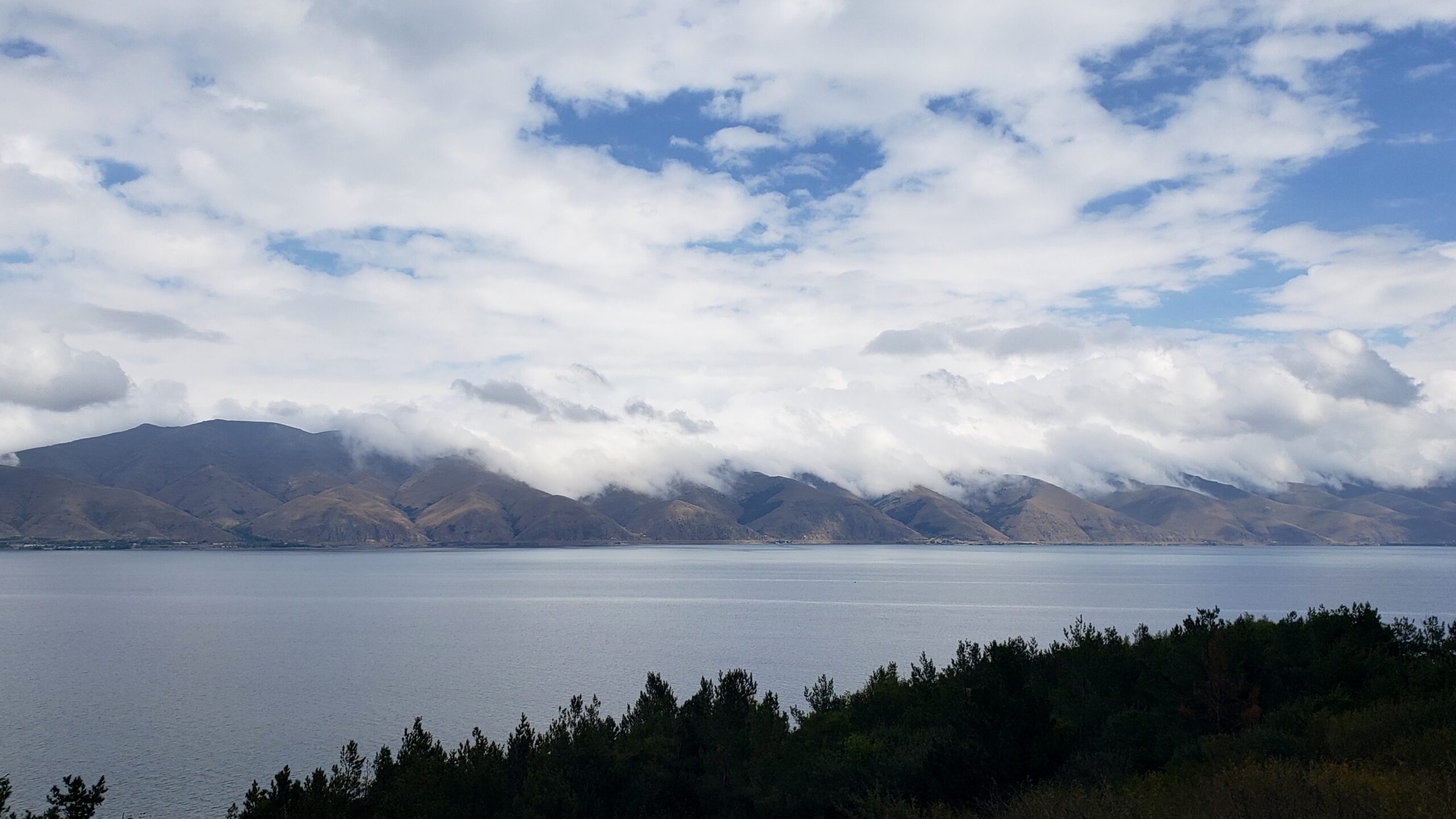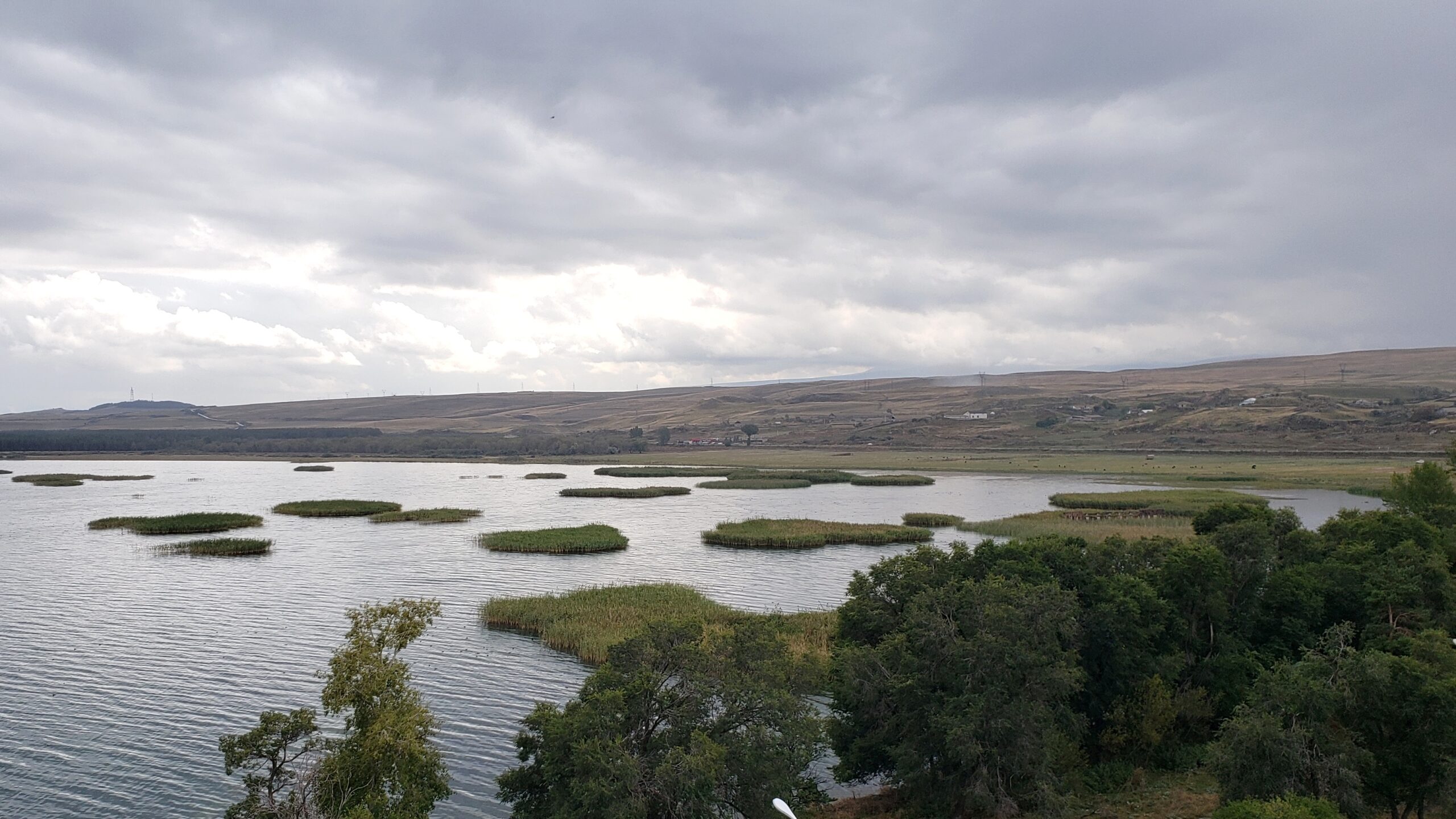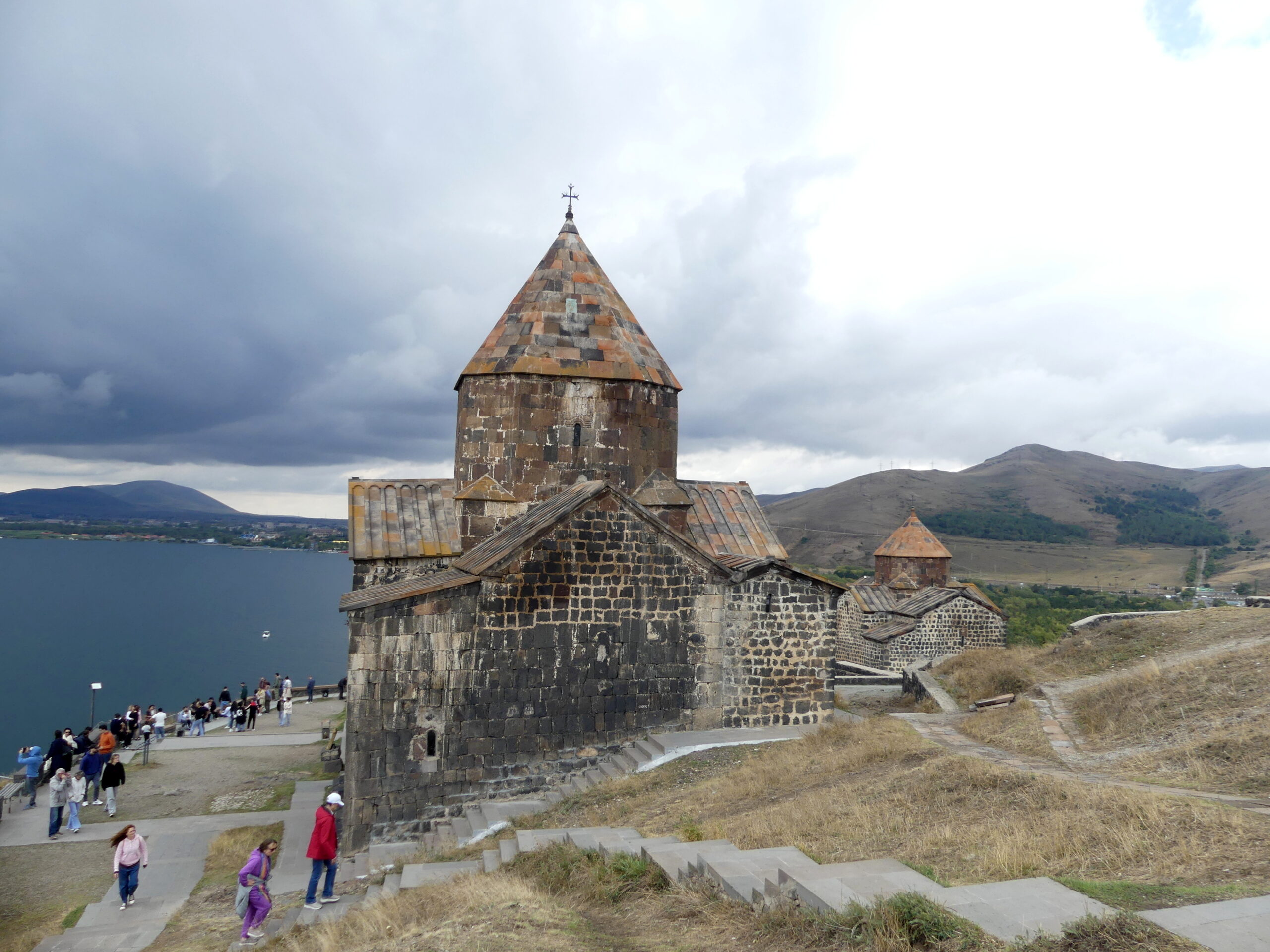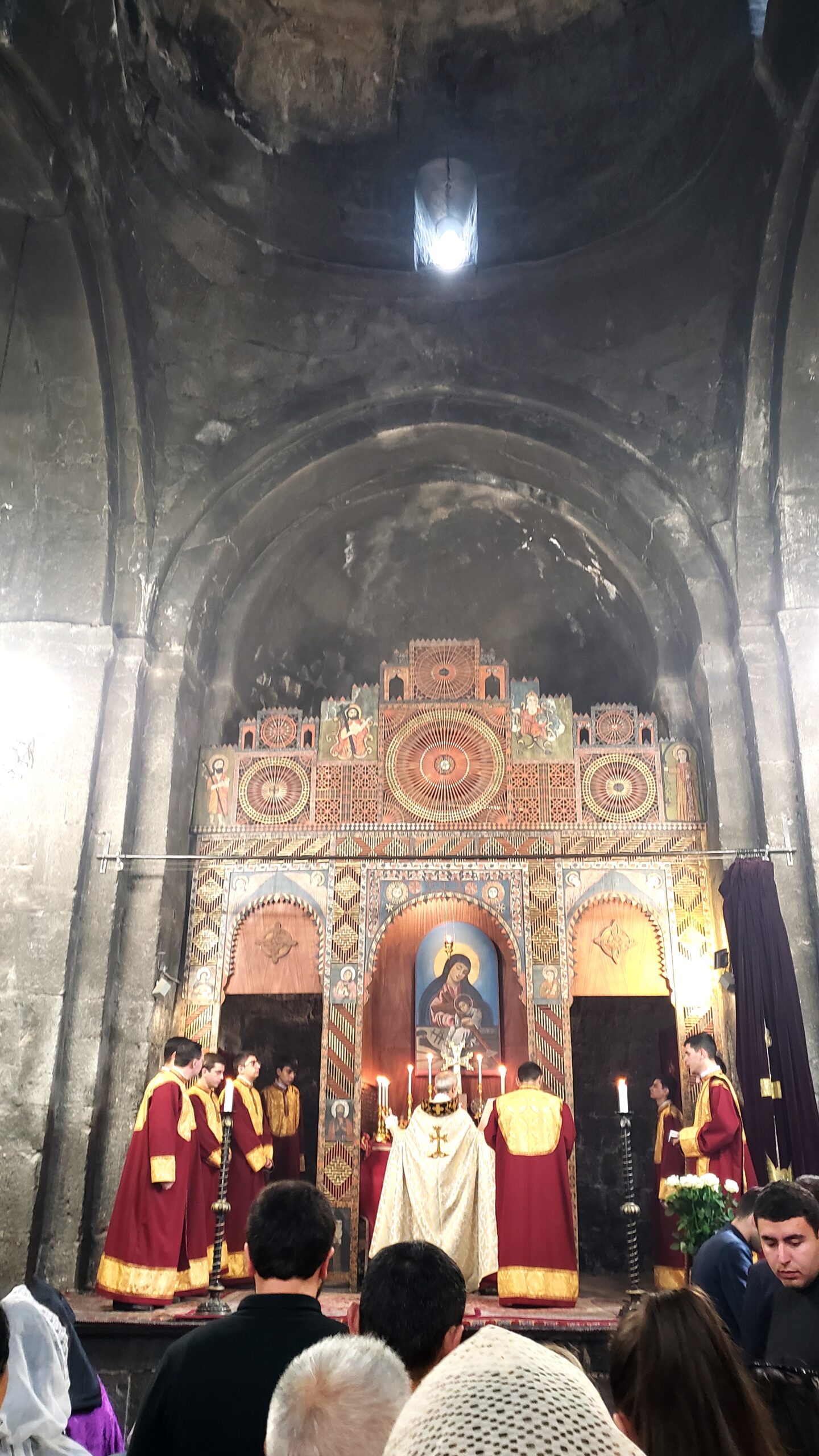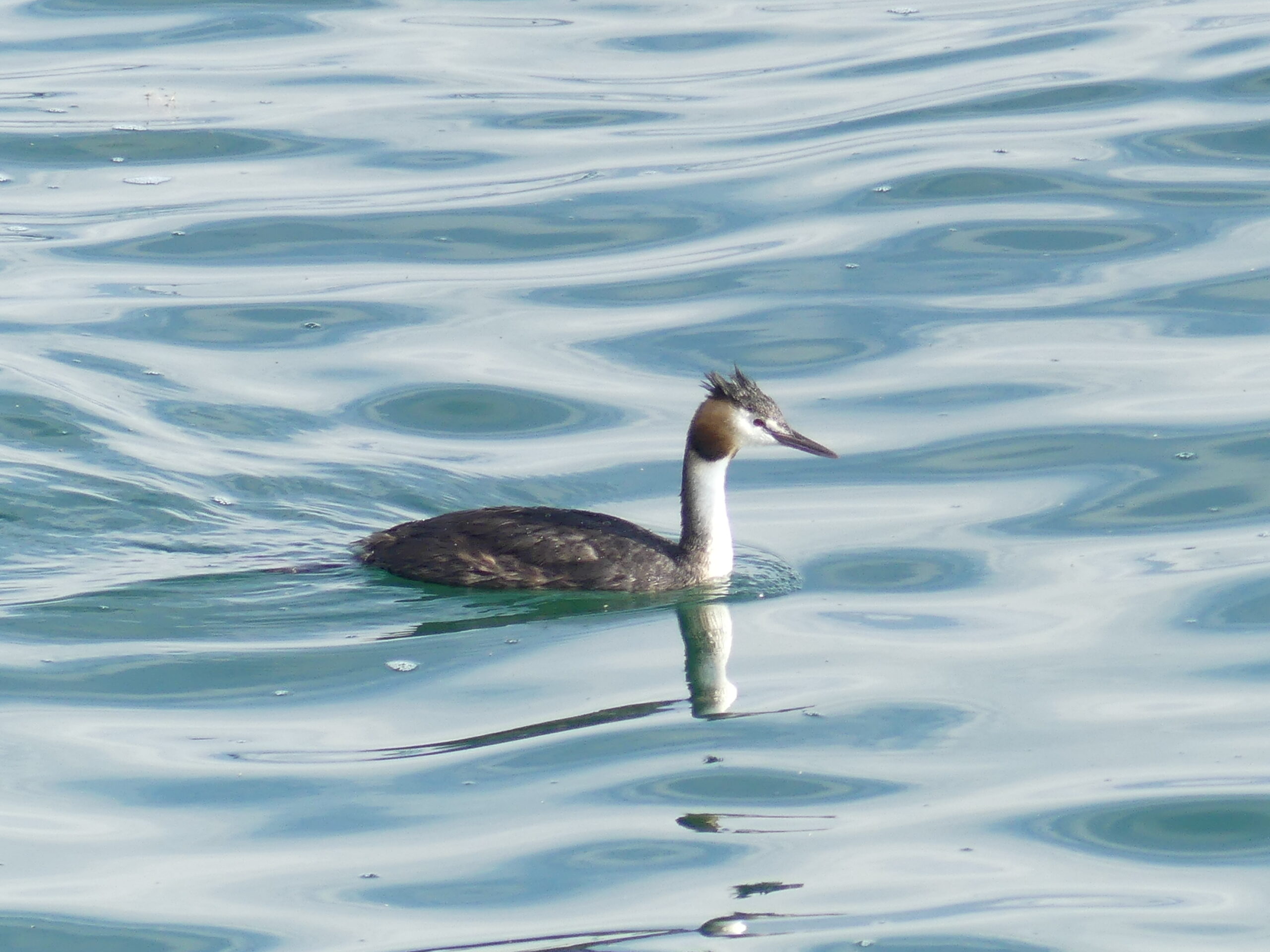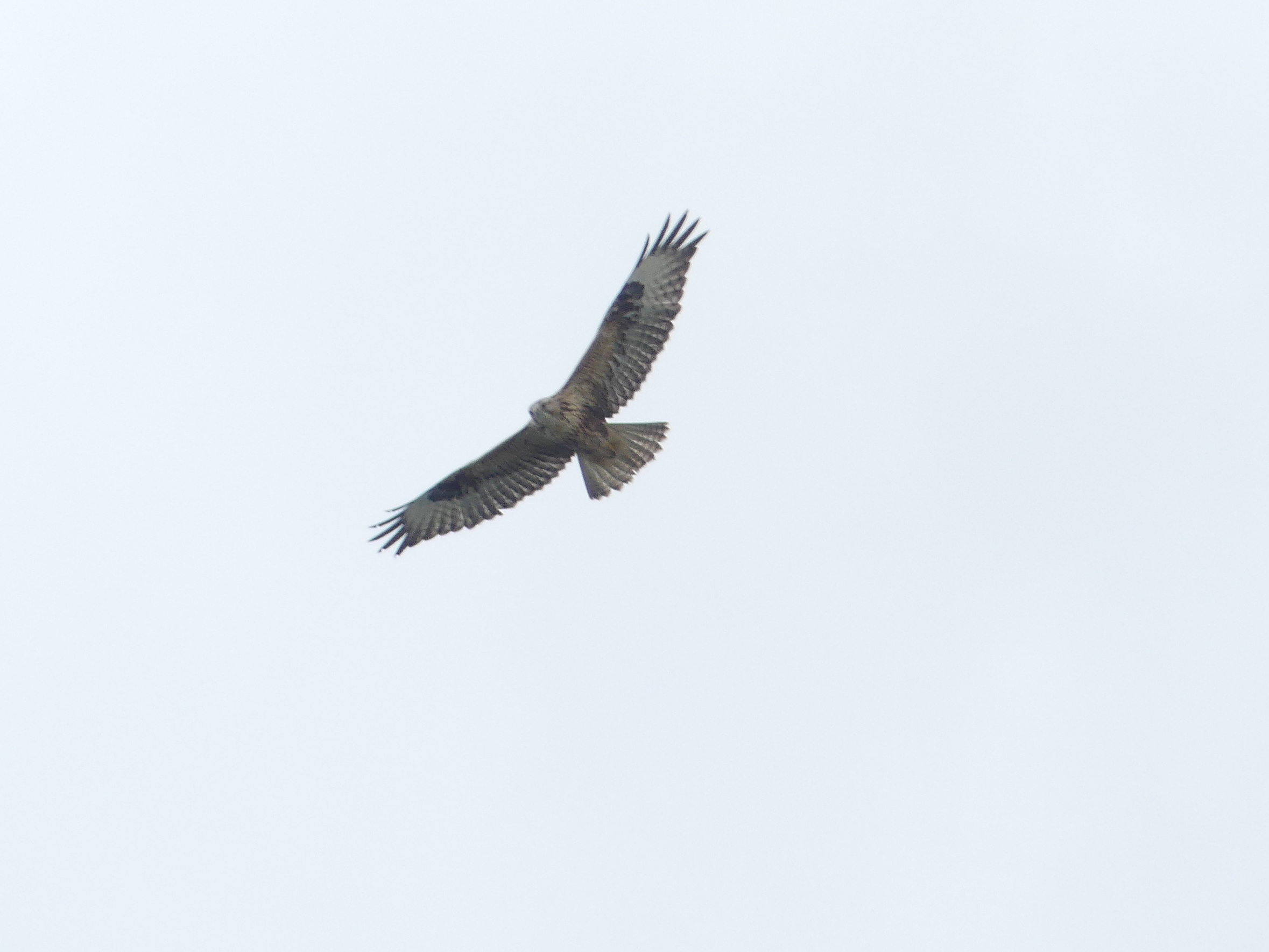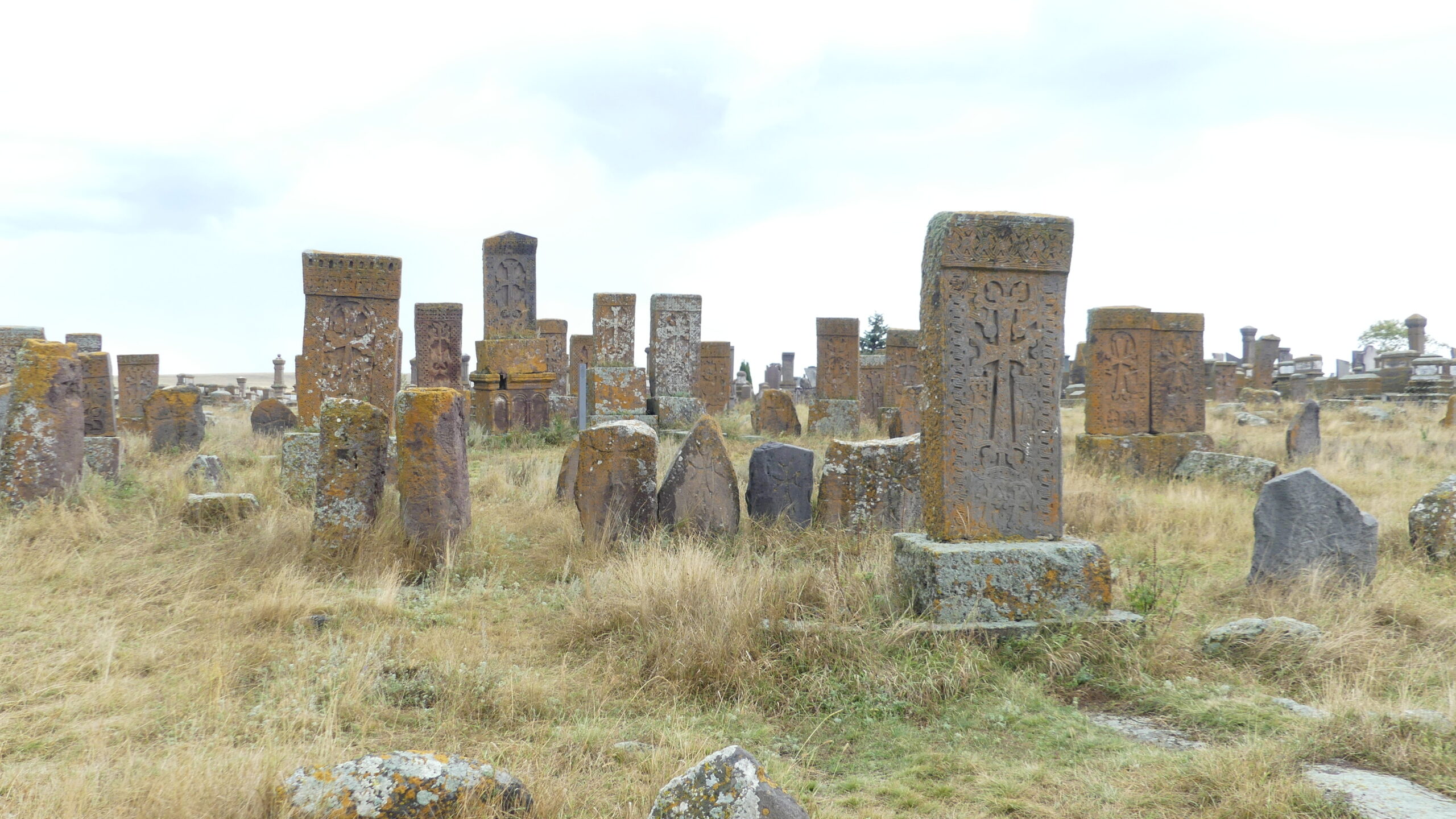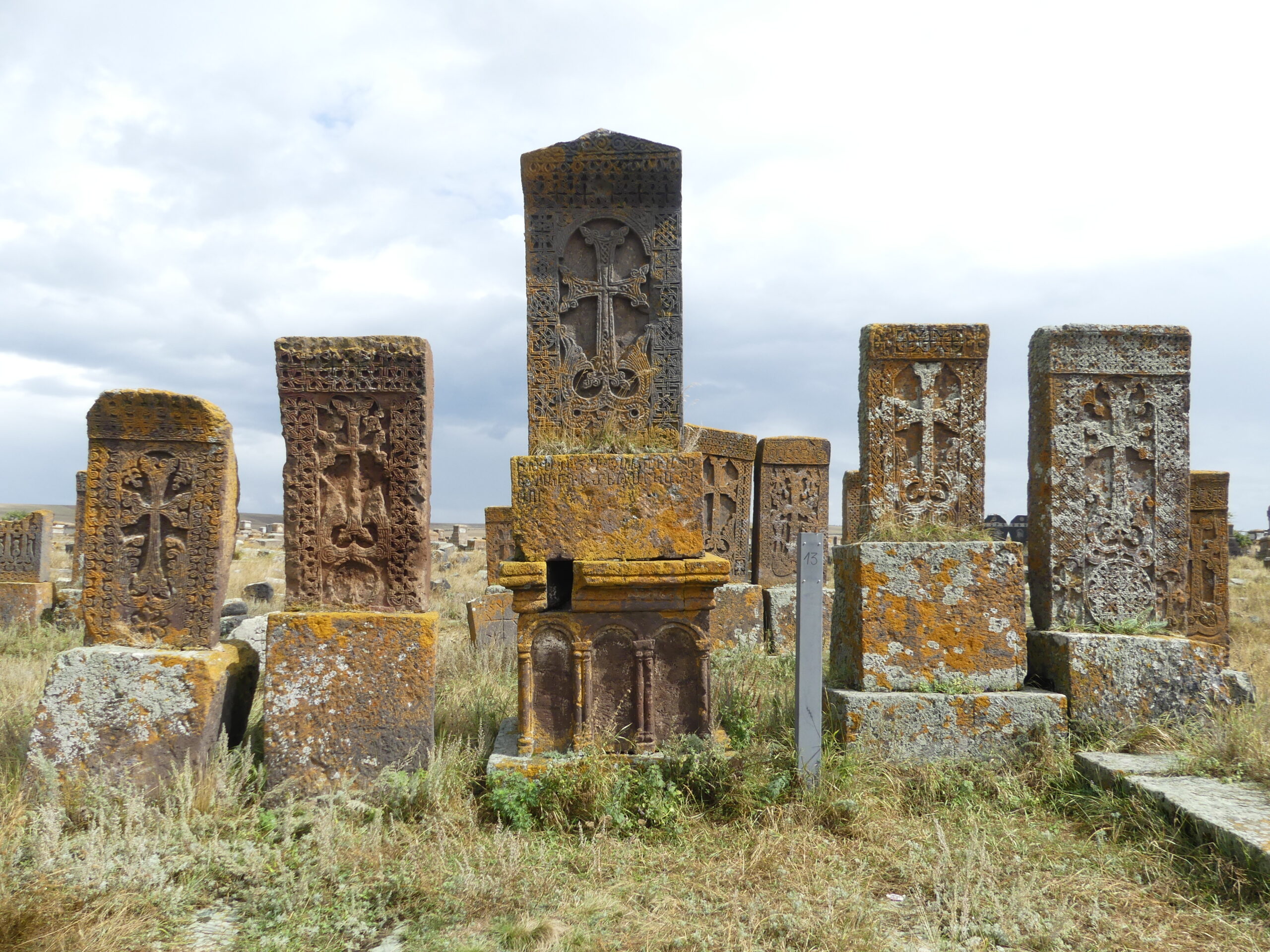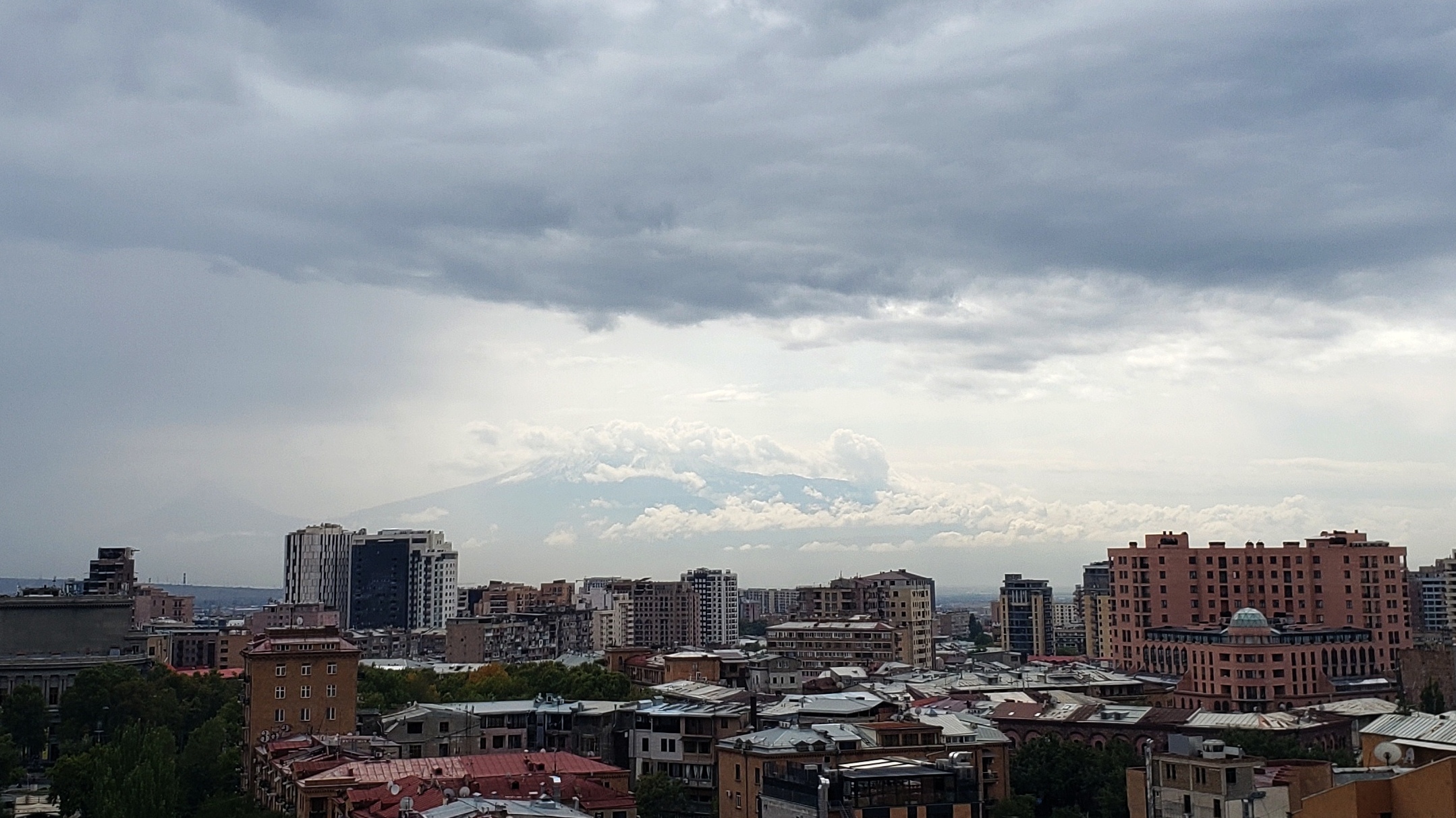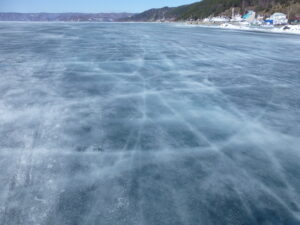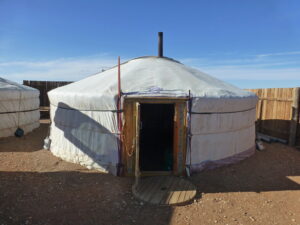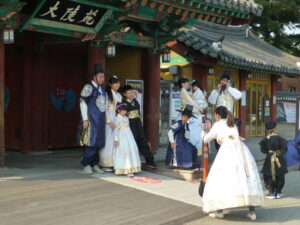In brief: Across Armenia, we found extraordinary beauty in the landscape. That reminded us to slow down, do less, and savor the splendor.
In our other four posts about Armenia, we tried to show some of the delights we experienced in that wonderful country. From ancient history to contemporary culture, from lovely sights to welcoming vibrant people, Armenia showed why it’s worth a long visit.
In Yerevan, we loved the sparkling inner city with lively pedestrian malls and water fountains, as well as an abundance of parks – all of which encouraged adults and children to spend their time outside, whether walking about or supping. The antiquity that remains there sat gracefully beside the contemporary enjoyments.
(For more about Yerevan, click here to read our post.)
Across the country, we felt like neighbors, not outsiders, helped in finding our way or in figuring out things mysterious to us. And we witnessed the generosity of Armenians in helping the infirm or donating to the needy on the streets.
Across Armenia, we did a lot of driving through the landscape as our other posts reflect. Though we found beauty outdoors nearly everywhere, the most memorable countryside was in the north. We expected some pleasant vistas along with our visits to historic monasteries – and, yes, we were frequently awestruck. Why not? Northern Armenia is part of the Lesser Caucasus, the lower peaks and valleys of that sprawling mountain range.
The tough part was driving from A to B within the north, though the roads are excellent. One must accept the rigors of the landscape, often going far afield – up one gorge and down another – to reach destinations. But then at least we had the scenery…
The mountains seem like mesas near the monasteries of Haghpat and Sanahin (click here to read about these UNESCO sites). This was the view from a cave-like restaurant there.
Debed Canyon, one of the longest and most enticing of the gorges in the north, the one which we frequently drove to get anywhere.
The intricate levels of the canyon at Dsegh, where we stayed. It was astonishing to see farming and grazing land stretch like fertile plains until they abruptly reach steep drop-offs into the gorge.
A gentler roll-off alongside the Debed Canyon, with its quilt of farms and forest.
A quiet cleft in the hills. Most of the rivers here churn rapidly through the gorges.
Our backyard during our stay in the north of Armenia, a farmhouse at the edge of a farming village. Those are mostly apple trees laden with fruit out there, as well as plums and some mysterious other stuff. The quiet charmed our city ears, just occasionally interrupted by lowing cattle, boasting roosters, and a braying donkey.
Vivid summer flowers attracted our eyes and these pollinators.
The confluence of two rivers, one visible and the other hidden toward the right, in a picturesque canyon with a notable rocky face below the 11th century Lori Fortress.
The remnants of early 11th century Lori Fortress, once protected by its canyon on one side and its stony walls on the other…at least until the Mongols razed it in the 13th century.
In one valley, the hills gently drift away from the rich land grazed by sheep and cattle.
In traveling across such landscapes we often re-discover a lesson we sometimes forget – and just as often advise others about. That is, to slow down in their travel, stop ferreting out experiences or sites or encounters – and just do less. That was the benefit of the quiet Armenian farmland on which we started our trip and the wayward roads of the canyons in the north.
It’s also why we ended our stay in Armenia with three days at Sevan Lake in the off-season. Sevan is huge, the largest bit of fresh water in the whole Caucasus – and high, up at 1900 meters (about 6200 feet). It takes two hours at a good speed to drive around it. Yes, there were a few old churches to see and an astonishing collection of carved stone crosses in one cemetery. But the best time was wandering the reedy fringes of the lake, cozying up to the birds, marveling at the clouds swathing the volcanic hills, and eyeing the water ripple to the breath of the wind.
For most of our stay, we were hypnotized by how clouds embraced the hills on the opposing shore of Sevan. On the only day of sunshine, when the heat dispersed the clouds, we missed this splendid sight.
Clumps of rushes are scattered near the coastline to the pleasure of many ducks and other birds.
Just before a thunderous downpour on a Sunday morning, we climbed to this medieval hilltop church, a plain one visited by the devout – and also tour groups with little else to do.
With the congregation squeezed inside the compact floor space of the church, colorfully dressed leaders conducted a mass whose chanting resonated divinely inside the vaulting stone interior.
One of many Great Crested Grebes cruising the lake shore, attended by the vigilant swoop of gulls and stolid patience of cormorants.
Hawks circled alertly on updrafts in search of food.
Over 800 stone crosses, or khachkars, sprouted within the Noratus cemetery. They were carved across a span of eight centuries, from the 9th to the 17th century. Khachkars, we had learned, are a form of Armenian devotional art ubiquitous in the country. The tradition seems to derive from early pagan memorial stones. We dawdled for a long time here, partly searching out the most notable, but also just absorbing the splendor of the collection.
Five khachkars memorialize members of the Sargis family from around 1600. Many of the clusters of crosses served the same purpose, a kind of family portrait in death. The crosses here feature elaborate decoration, a characteristic of the later style, often echoing natural forms like seeds and vines. Others we found around the country could be even more breathtaking in their complex tracery. Common elements repeat: an orb at the base representing the sun; wing-like palm leaves embracing the cross from the bottom representing the Tree of Life; and the bifurcated ends of the cross often pinching other naturalistic decoration; plus texts also appear invoking divine grace.
Somewhere in this area the ancients had erected other kinds of large stone pillars (3 – 5 meters tall), a kind of predecessor to the khachkars. These dragon stones (vishapakars) in the shape of a dolphin or cigar, with dragon-like or fish-like heads carved into them, alerted others to the presence of water and warded off evils therein. They are rare even around Sevan, and we were too relaxed to search them out.
Our experience of this varied and sublime countryside remains very vibrant in our memory. Alas, much as we loved our stay in Yerevan, the plague of congested city traffic obscured vistas there. The parks were a delight, but we couldn’t tell what was beyond the city’s edge.
Only during the last few days there did we have a chance to glimpse the huge mountain sacred to the Armenians that truly dominates the landscape – when visible – from across the current Turkish border, Mt. Ararat.


